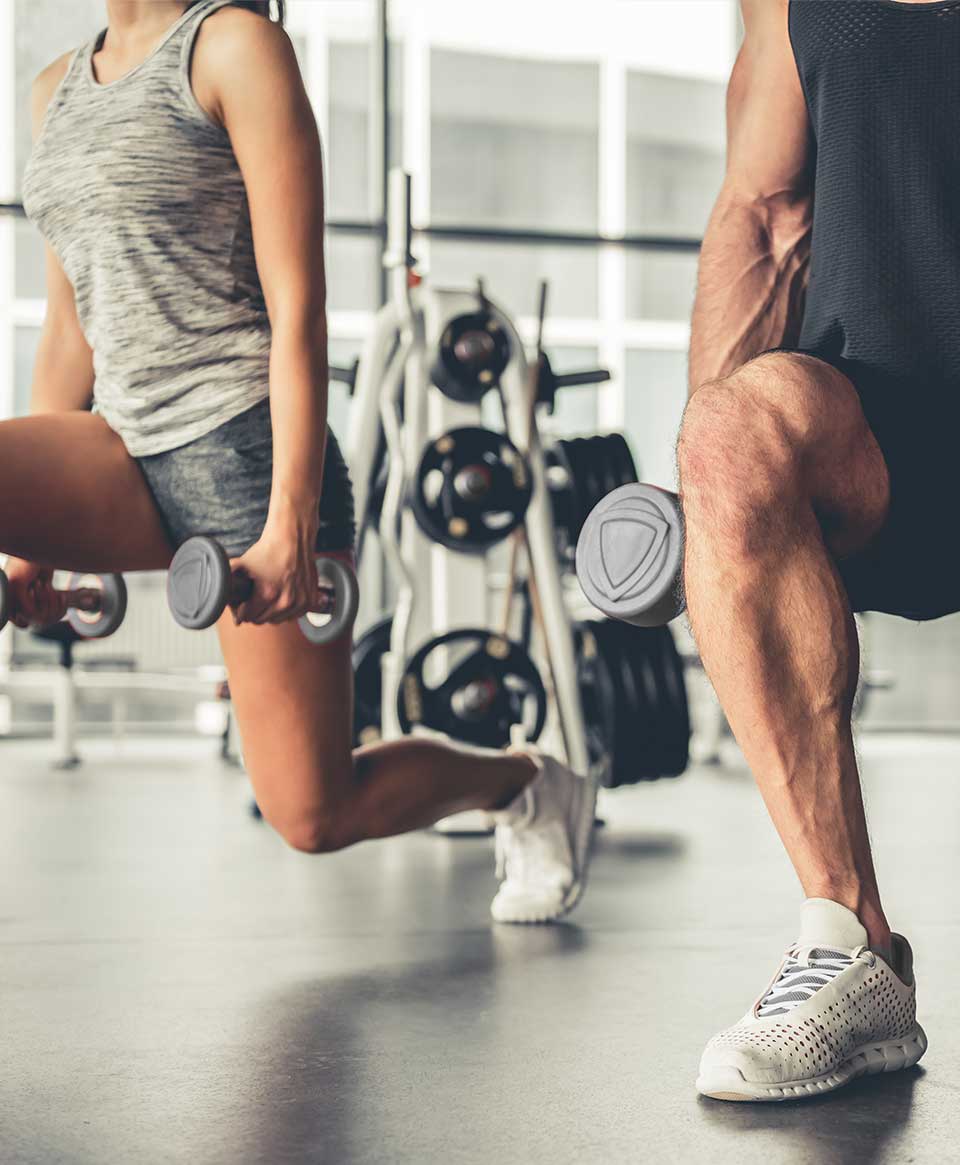In a perfect world as an athlete, you’d never touch highly processed foods.Fruits, vegetables, nuts, legumes, lean meats and whole grains are the pillars of a proper diet.
But at the end of the day, the most important thing for an athlete is his or her caloric intake. Without calories, our bodies cannot function. Generally speaking, the more active you are, the more calories you need—so as a youth athlete with a jam-packed training schedule, you need quite a few calories.
Your activity level is not the only thing that ups your caloric requirements.You don’t eat just to allow your body to function normally and perform well during activity;you also eat to fuel their bodies’ natural growth in terms of bone, tissue, etc.
When you combine the extra calories needed to support activity with the additional calories needed to support natural growth, the average teenage athlete needs a lot of calories. According to the Food and Nutrition Board of the Institute of Medicine, male high school athletes need between 3,000 and 6,000 calories a day, and female high school athletes need between 2,200 and 4,000 calories a day.
So odds are if you go seven or eight hours without eating on a regular basis (aside from sleeping), you are coming up short on your requirements.
What happens when you do this?
In the short term, you feel tired, have trouble focusing, and your metabolism slows down. In the long term, you will experience growth issues, muscle loss, decreased bone density and other nasty symptoms.
Going a long time without eating also deprives your body of carbohydrates, leaving you with no fuel to power through your afternoon practice, workout or game.
Remember – Carbs are Your Fuel
If you eat a snack prior to activity, you want it to be high in carbs.If your body doesn’t get enough carbs, it starts using other things for fuel—like fat and even protein. If you want to stay energized and maintain muscle mass, that’s not a good thing.
If you’re stuck in a situation where you haven’t eaten for several hours and you have an activity coming up, choosing a carb-heavy food (even if it isn’t very nutritious) beats eating nothing. Think of it like fueling a car. Sure, you’d prefer to use high-quality fuel, but any type of fuel beats an empty tank.
5 Better-Than-Nothing Choices
Of course the “something is better than nothing” dilemma can be avoided by packing a snack. But lets face reality, there are long tournaments and road games. Most of the time you will find yourself without one in those situations. And while their brains might tell them to skip junk food options (especially before activity), many of those options are better than eating nothing.
Are the following choices what you should be eating all the time? Of course not. Many are high in sugar and added fat and lack valuable micronutrients. But their high-calorie and carb count will fuel your body better than nothing. Just make sure that the rest of your diet consists of the right foods and you’ll be good to go.
Note: for best results, eat these foods 30 to 90 minutes before activity.
Gummy Candy
Fruit snacks or gummy candies are high in carbs and usually easy to digest. The carbs in these are close to—but not exactly like—the carbs found in popular gels and goos. Plus, gummy bears are actually a favorite halftime snack of the U.S. Women’s National Soccer Team.
Fruit Juice
Fruit juice is typically derided for its high sugar content, but being high in sugar means it’s high in carbs. Try drinking a 12-ounce bottle of juice followed by 12 ounces of water, which mimics the amount of carbs and fluid in an average sports drink.
Animal Crackers
Animal crackers are another good source of carbs and are typically easy on the stomach. You don’t want to munch them mindlessly while watching TV, but a serving before activity will give you some much-needed energy.
Fruit-Filled Cookies
Although fruit-filled cookies like Fig Newtons are not as good as eating real fruit, they’re high in carbs and fiber and low in fat. Don’t get fooled by the name however. Most of these cookies aren’t actually a source of fruit—but they are a source of valuable carbs.
Snickers Bar
Candy bars certainly should not be a big part of your diet, but Snickers are actually a decent pre-activity option. They’re high in carbs and have a decent amount of protein to keep you going strong. Just don’t make them a daily habit.


